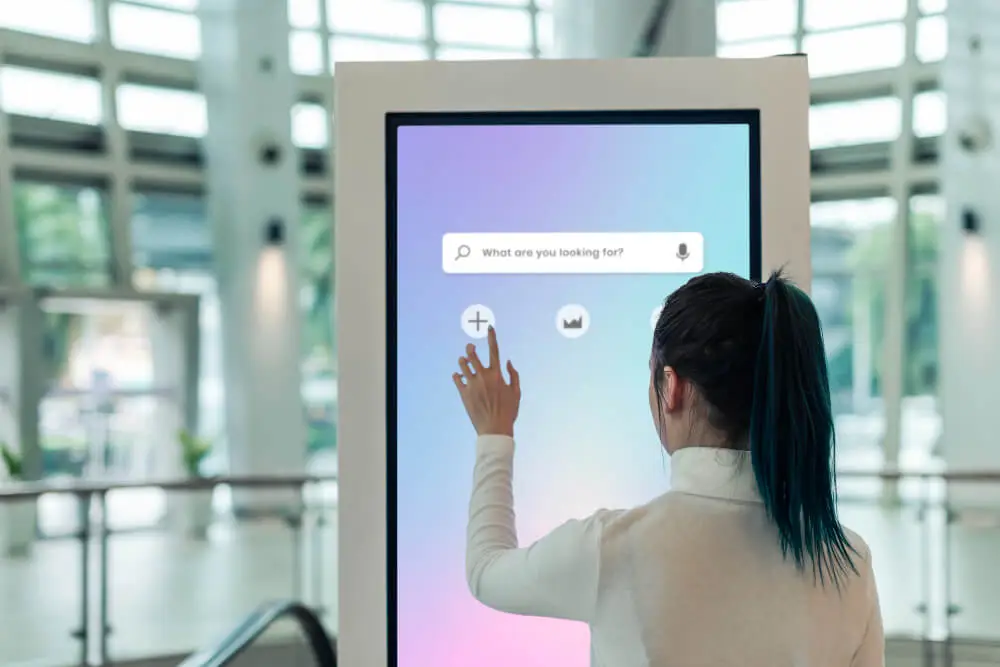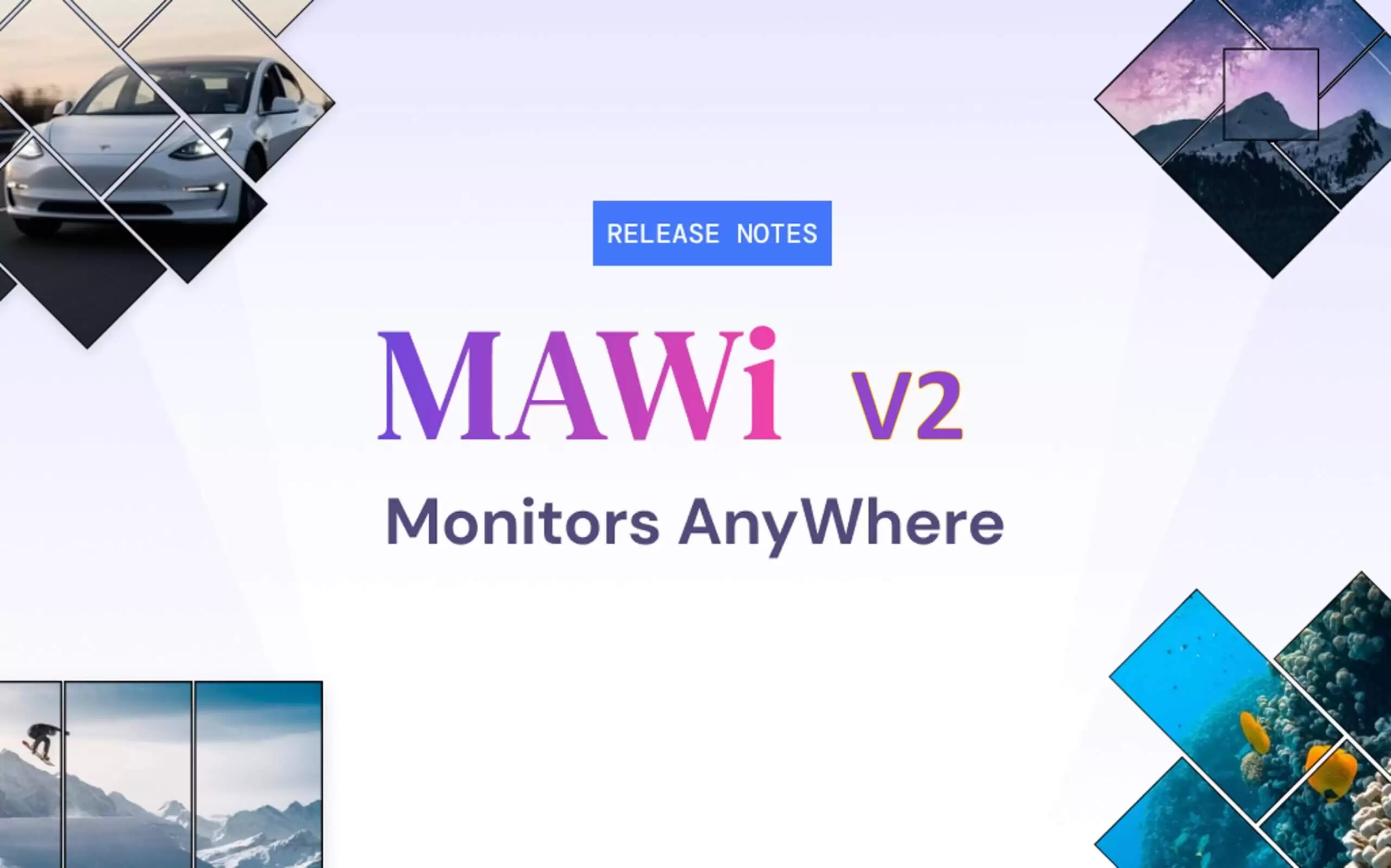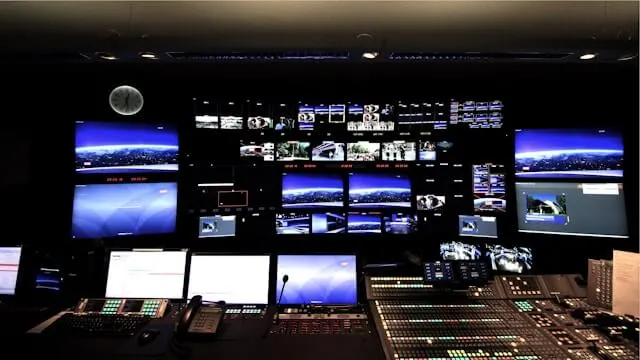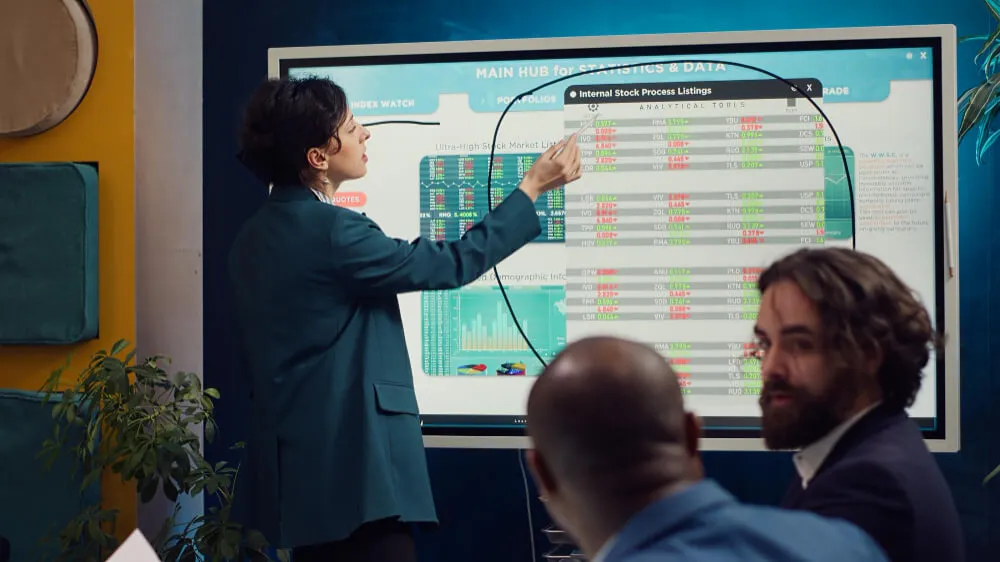If you’ve ever walked into a store, event, or corporate lobby and been instantly wowed by a massive, touch-responsive display, you’ve likely met an interactive video wall in the wild. Beyond looking impressive, this tool fuses visuals, information, and interaction into a single immersive experience. And in today’s fast-moving, screen-driven world, more businesses are embracing these tech marvels to boost branding, productivity, and customer interaction.
What Is an Interactive Video Wall and Why Are Businesses Using Them?
At its core, an interactive video wall is a large-scale display made of multiple screens working together as one dynamic surface — except here, people can touch, swipe, zoom, and explore content directly. Think giant smartphone meets corporate communication powerhouse.
Why the hype? Businesses are using them for everything from dazzling trade show booths to high-tech meeting rooms. Instead of passively broadcasting content, these displays invite users to play an active role. That makes them ideal for brand storytelling, training, product showcases, and data visualization.
Pro tip: Pairing your interactive display with solutions like MAWi for Digital Signage and Video Walls makes managing content across multiple screens effortless.
How Does an Interactive Video Wall Work? A Simple Breakdown
It’s not magic (though it feels like it). The result? A seamless, interactive surface where information comes alive with a tap or swipe. Here’s the quick anatomy:
- Multiple Displays – Standard or specialized touch-enabled screens arranged in a grid.
- Touch Technology – Infrared sensors, optical cameras, or capacitive touch layers detect user gestures.
- Content Management Software – Platforms like MAWi Spacewall – Video Wall Software handle everything from splitting visuals across screens to real-time updates.
- Source Device – Often, just one PC controls all displays simultaneously.

Key Features That Make Interactive Video Walls Stand Out
With the right system, you can run anything from an interactive product catalog to a live social media feed without breaking a sweat.
- Touch Responsiveness – Smooth, instant reaction to gestures keeps users engaged.
- High-Resolution Graphics – Crisp visuals that make text and images pop.
- Scalability – Start small, expand later — perfect for growing needs.
- Remote Management – Upload, schedule, and change content from a single location (yes, even from your couch).
Where Are Interactive Video Walls Commonly Used? Real-World Applications
If your audience can touch it, they’ll probably love it. These displays are showing up everywhere:
- Retail Stores – Virtual fitting rooms, product finders, seasonal promotions.
- Corporate Offices – Interactive maps, team dashboards, live KPIs.
- Education & Training – Gamified lessons and collaborative learning tools.
- Events & Exhibitions – Immersive brand experiences that attract foot traffic.
- Control Rooms – Real-time data monitoring and incident management.
Interactive Video Walls vs. Standard Video Walls: What’s the Difference?
A standard setup is like a high-definition billboard — great for broadcasting content, but purely one-way communication.
An interactive setup? That’s a conversation starter. Users can explore maps, drill into data, or browse through multimedia content on demand. The difference is engagement: one talks at you, the other talks with you.
Benefits of Using an Interactive Video Wall for Your Business
Pairing these benefits with scalable solutions like MAWi for Digital Signage and Video Walls ensures your system grows with you.
- Boosts Engagement – Hands-on content keeps people interested longer.
- Increases Brand Recall – Interaction creates memorable experiences.
- Supports Data-Driven Decisions – Staff can explore live metrics in real time.
- Saves Time & Resources – Centralized content control means fewer headaches.

What Equipment and Software Are Needed for an Interactive Video Wall?
That’s it. With the right software, you don’t need racks of expensive hardware — one device can run the whole system. Here’s your starter kit:
- Touch-enabled screens or overlays
- Mounting frames or structures
- Content source device (PC or media player)
- Control software like MAWi Spacewall – Video Wall Software for smooth management
- Connectivity gear (cables, network infrastructure)
Final Thoughts: Turning Screens into Experiences
An interactive video wall acts as a direct bridge between your content and your audience, turning technology into a meaningful connection. By turning passive viewers into active participants, you create deeper connections, clearer communication, and better engagement.
With scalable platforms like MAWi for Digital Signage and Video Walls, even a small business can operate like a big-league player. Whether you’re boosting a boardroom, transforming a store, or elevating an event, this technology lets you do it with style, flexibility, and control.
Ready to move from static displays to interactive experiences? Your future audience is waiting — fingers poised to tap, swipe, and explore.
FAQs
What is the difference between a video wall and an interactive video wall?
A standard setup displays content only, while the interactive version allows users to control and navigate that content via touch or gestures.
How much does an interactive video wall cost?
Prices vary depending on size, resolution, and technology, but scalable solutions mean you can start small and expand later.
Can multiple users interact with a video wall at the same time?
Yes. Multi-touch capabilities allow several people to use the display simultaneously.
What industries benefit most from interactive video walls?
Retail, corporate, education, hospitality, healthcare, and events are leading adopters.
Is it hard to manage content on an interactive video wall?
Not with the right platform. Systems like MAWi make it simple to update and schedule content remotely.
Can I use regular TVs or monitors to build an interactive video wall?
Yes, with the right touch overlay or sensor system and compatible control software.
What software is best for interactive video wall content management?
Solutions like MAWi Spacewall offer intuitive controls, remote management, and robust display options.




